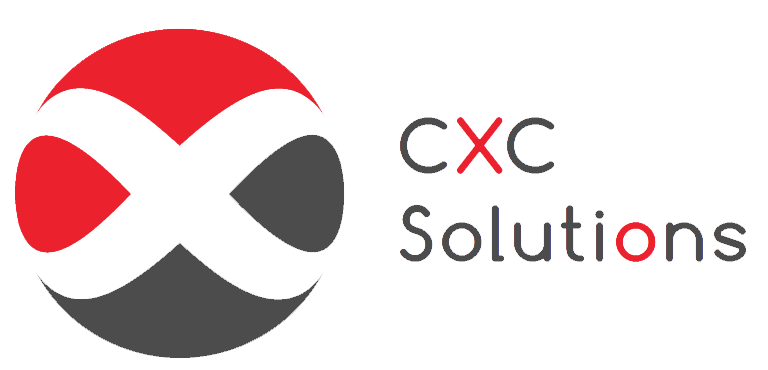Do you know if 401(K) Testing applies to you?

Are you safe? IRS is Issuing 2017 ACA Penalties!
August 26, 2019
Consequences of Failing 105(h) Nondiscrimination Tests
September 27, 2019By Mike Wharton Senior Compliance Analyst



If you’re an employer and your company sponsors a 401(k) plan there are a few things that you need to ask yourself:
What type of 401(k) plan does your company offer?
If required, does your company perform annual nondiscrimination testing?
Has your company identified who their highly compensated and key employees are?
Does your company’s plan favor your highly compensated and key employees?

Let us breakdown some of these items in detail.
It is important that the employer knows what type of 401(k) plan they sponsor as some are required to perform nondiscrimination testing while others are exempt. There are many different 401(k) plans types that an employer can offer including: Traditional, ADP safe harbor, ADP+ACP Safe harbor, SIMPLE plans, etc. Some of these plan types, like SIMPLE plans, are designed with such strict guidelines that they do not need to perform any of the nondiscrimination tests while other plan types, such as traditional, are required to perform all nondiscrimination tests.
Nondiscrimination testing typically consists of 4 tests:

Minimum Coverage Test: A plan’s 401(k) feature satisfies the minimum coverage rules if the 401(k) feature’s ratio percentage for the plan year is at least 70%. That is, if the percentage of participating NHCEs over the percentage of participating HCEs is 70% then the 401(k) plan will pass the minimum coverage test.
Actual Deferral Percentage (ADP) Test: The purpose of the ADP test is to limit HCEs to a level of elective deferrals that is not excessively above the deferral level of non-HCEs.
Actual Contribution Percentage (ACP) Test: The purpose of the ACP test is to limit HCEs to a level of matching (and, if applicable, after-tax) contributions that is not excessively above the contribution level of non-HCEs
Top Heavy Test: The purpose of the Top-Heavy test is to check if the aggregate account balances of key employees in the plan exceed 60% of the aggregate account balances of all employees in the plan.

Nondiscrimination testing for retirement plans is required by the IRS for all non-safe harbor plan types. This is required to ensure that plans do not discriminate in favor of highly compensated employees or key employees such as owners. Essentially, the IRS is making sure that all employees have an opportunity to save for the future by utilizing their company’s 401(k) plan. To make sure everything is fair, nondiscrimination tests analyze how much income their employees defer, how much the company contributes to employee accounts (matching or other employer contributions such as profit sharing) and what percentage of total account balances belong to key and highly compensated employees.
Before performing the minimum coverage, ADP and ACP tests, employers must identify their highly compensated employees in order to compare their average deferrals and contributions to those of the non-highly compensated employees. For the 2019 plan year, any employee who owned more than 5% of interest in the business and/or earns more than $120,000 in 2018 is an HCE. If the number of HCEs becomes too large and is causing tests to fail, an employer can elect the top paid group election which ranks the employees by compensation (after some permissible exclusion criteria) and identifies the HCEs as the top 20%. Before performing the top-heavy test, employers must identify who their key employees are. For the 2019 plan year key employees are officers who make over $180,000 in the prior plan year, a more-than-5% owner or a more-than-1% owner with an annual compensation in the prior plan year exceeding $150,000. Once an employer has identified their key, highly and non-highly compensated employees, they can perform the nondiscrimination tests mentioned above.
If you pass all the tests and your plan does not discriminate in favor of highly compensated employees, congratulations your 401(k) plan is compliant. If you fail any of the above-mentioned tests there are corrective actions that must be taken to avoid major penalties. To correct ADP and ACP failures employers have a couple options. They can either refund HCE contributions as taxable income to bring their average rates down, make qualified nonelective employer contributions for NHCEs to bring their contribution rates up or a combination of both to meet in the middle. To correct a failed Top-Heavy test, the employer will need to make contributions to the non-key employees.




